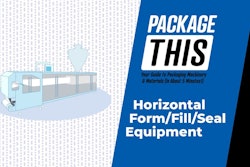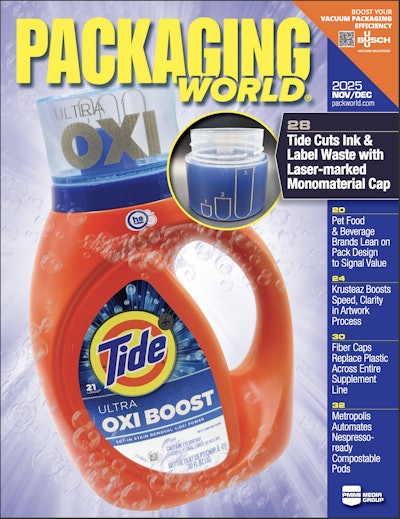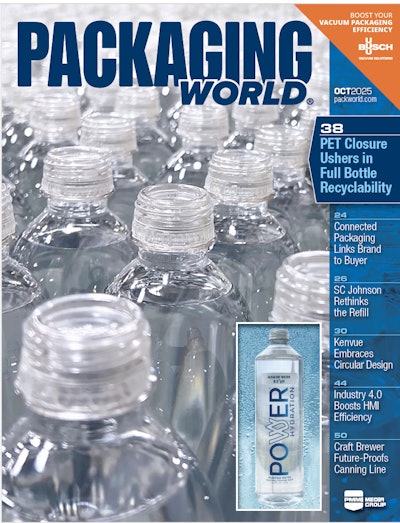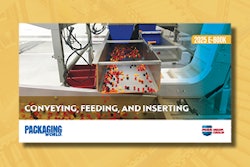In their book “Authenticity: What Consumers Really Want,” authors James Gilmore and B. Joseph Pine describe how consumers relish the “appeal of real” in all aspects of their lives, yet too often it is missing.
That thought comes to mind in reading an article from Medill Reports Chicago describing how a movement by food companies in the summer of 2009 for a new food label, signaling “smart choice” products, fell short of objectives. The idea was to include a green check mark on the package to indicate the shopper was making a good healthful-product selection.
The effort failed because the mark also began appearing on packages of food products such as sugary cereals and fudge bars. When the Food and Drug Administration intervened last October, the label program was axed.
Though buyer beware certainly does apply when a shopper picks up any packaged product, this whole episode with the labeling program circles back to the matter of authenticity because it raises the larger issue of truthful brand communications with consumers.
Gilmore and Pine say their research makes it clear that consumers want brands that not only hold meaning, but also are trustworthy and genuine. When the product and package communications work together, that’s when brands cement strong relationships with consumers.
When that happens, any sales increases are likely to enjoy staying power rather than merely see an incremental bump because they are built on a strong foundation of trust.

























